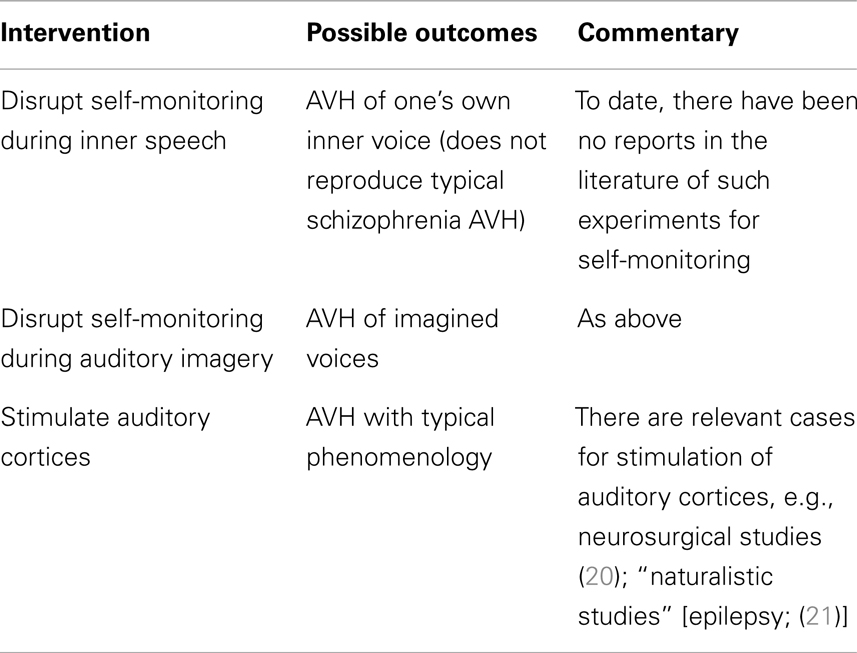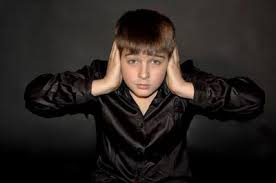

It is characterized by seizures with auditory aura or receptive aphasia suggesting a lateral temporal lobe involvement of the epileptic discharge. 2Istituto di Ricerca e Cura a Carattere Scientifico (IRCCS) Istituto delle Scienze Neurologiche di Bologna, Reference Center for Rare and Complex Epilepsies, Bologna, ItalyĮpilepsy with auditory features (EAF) is a focal epilepsy belonging to the focal epileptic syndromes with onset at variable age according to the new ILAE Classification.1Department of Biomedical and NeuroMotor Sciences, Alma Mater Studiorum-University of Bologna, Bologna, Italy.CLICK HERE FOR A SAMPLE OF THE SIMULATION.Alessandro Furia 1, Laura Licchetta 2, Lorenzo Muccioli 1, Lorenzo Ferri 1,2, Barbara Mostacci 2, Stefania Mazzoni 2, Veronica Menghi 1, Raffaella Minardi 2, Paolo Tinuper 1,2 and Francesca Bisulli 1,2 * The fact is, many individuals can experience other hallucinations such as visual, olfactory (sense of smell), tactile (sense of touch) and gustatory (sense of taste). It is nearly impossible to comprehend continually living with auditory hallucinations. Take a few minutes to identify exactly how you are both physically and emotionally. And most importantly, if you have been diagnosed with a mental illness and have experienced auditory hallucinations, DO NOT DO THIS EXERCISE.Īfter the experience, it is common to feel anxiety, confusion, frustration, or exhaustion.Simply remove the headphones and proceed to debriefing. If at any point you become disoriented or want to stop, stop.Please take a moment to answer the debriefing questions after completing the simulation.Do not use your phone or other devices for any section.

You will need something to write with and a piece of paper.Make sure the volume is high enough to block out any environmental noise. Just listening through speakers will not give you the same effect. Unlike other auditory hallucination simulations, instead of passively listening, the STARR’s computer-based program requires you to complete several tasks.īefore you begin, please do the following: We suggest all staff participate but please respect the wishes of those who choose to abstain. Also, not everyone is comfortable participating for various reasons. DO NOT perform this exercise if you have ever been treated for symptoms of auditory hallucinations. It must be noted not everyone is willing or able to do this exercise. We hope this exercise gives you new insight and awareness. This type of empathy training gives providers of mental health services, family members, friends, peers and our communities a greater understanding of the complexities of living with schizophrenia. This computer-based simulation was created to give people a small glimpse into the mind of someone living with auditory hallucinations, most commonly associated with schizophrenia. This causes a tremendous amount of difficulty performing day-to-day tasks. Many individuals living with brain disorders experience a litany of sensory perceptions. This exercise has transformed perceptions of brain disorders for individuals who have participated in this exercise. The STARR Coalition has created an Auditory Hallucination Simulation in which participants can experience one symptom associated with brain disorders, auditory hallucinations. Empathy-based training is a powerful tool to allow individuals to step into the shoes of someone who is living with a specific indication.


 0 kommentar(er)
0 kommentar(er)
